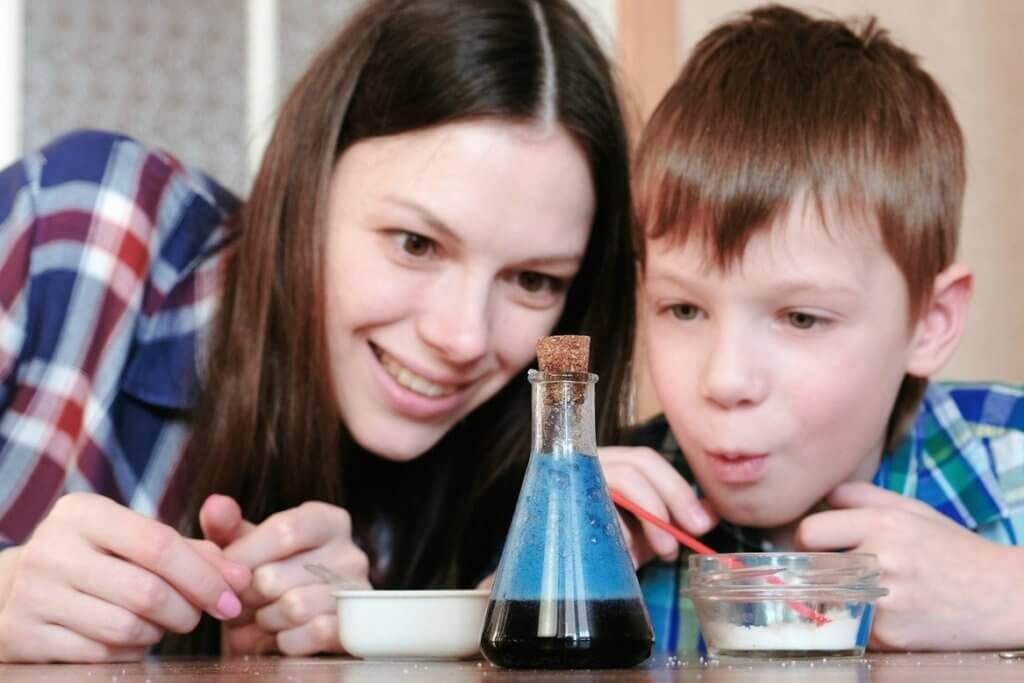Experiments on Thermodynamics For Kids

Experiments on Thermodynamics For Kids
Thermodynamics is a branch of Physics that entails the study of the transfer of heat from one system to another. If you think about it, you will realize that heat is a form of energy, therefore more explicitly we define thermodynamics as the study of why and how the energy moves in and out of a system.
In this article, we have listed fun and exciting experiments to help children better understand Thermodynamics and their nuances. Before conducting the experiments, make sure that children understand and know the different laws of thermodynamics.
Describing the Laws of Thermodynamics
The thermodynamic laws define physical quantities, i.e. temperature, energy & entropy that characterize thermodynamic systems at thermal equilibrium. The first law of thermodynamics states that energy can neither be created nor destroyed; it can only be transformed from one form to another. The second law of thermodynamics states heat can never be transferred from a colder body to a warmer body. The third law of thermodynamics states that the entropy of a system approaches a constant value as the temperature approaches absolute zero.
Now that we have briefed ourselves with thermodynamic laws let us explore the different experiments on thermodynamics in the next few sections.
Boiling Ice
This experiment looks at why a pot of boiling water stops boiling when ice is inserted into it. For this experiment place a pot full of water on a stove until it steadily boils and then slowly insert a few ice cubes into it. As you notice, you will see that the water stops boiling. This observation demonstrates the second law of thermodynamics, implying that the heat from the burner will always flow to the coldest object in the pot, which in this case is the ice. This is the reason why the water stops boiling because the heat from the burner is now working to make the solid ice melt.
DIY ice cream
This delicious and fun experiment yet again demonstrates the second law of thermodynamics. In this experiment, kids will witness how the heat from the ice-cream mix flows into a cooler brine solution until both the brine solution and the ice cream mixture are at the same temperature.
Thermodynamics in the Kitchen
Did you know that food preparation and cooking meals involve thermodynamic principles? As a matter of fact, cooking is all about transferring heat from one place to another. In Peter Barnham’s book “The Science of Cooking,” the author explores the role of thermodynamics in cooking, with most chapters featuring a food-based experiment that kids can conduct.
These were some safe and easy to do experiments for kids to try at home to understand the principles of thermodynamics hands-on. Thermodynamics is a discipline that has a wide range of applicability to real life. Hence it is of paramount importance that the student gets the concept clear and accurate and can see its application in everyday life.








